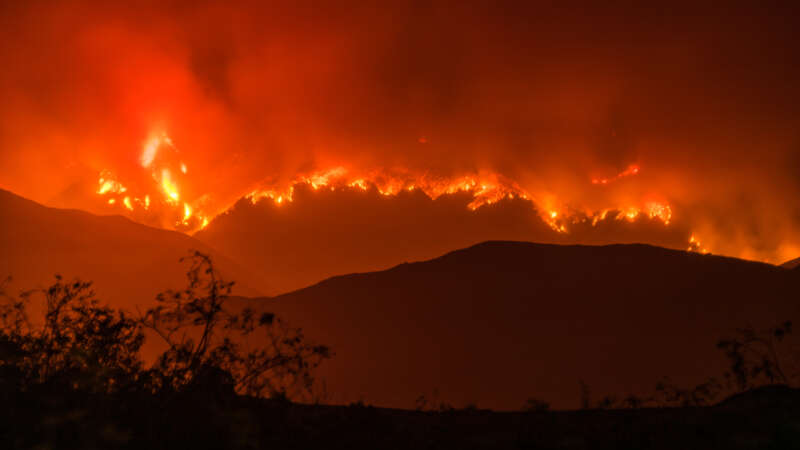NASA
AI in Telehealth: The New Game Changers
AI transforms health-seeking from an ordeal to a convenience for a busy city-dweller and a boon for those with mobility issues or living in remote areas. A few taps of a finger can schedule a consultation, and visiting a physician becomes as effortless as sitting before a TV. Around 75% of healthcare organizations have found that integrating AI into their operations improved their ability to treat diseases effectively while reducing staff burnout.
Since physical examinations contribute to only 11% of the diagnostic process, with the patient’s history making up 76%, AI has become a valuable tool for helping medical professionals assess and interpret patient data more efficiently. AI algorithms can rapidly process large datasets, allowing medical professionals to identify potential health risks early – often before they are detectable by traditional methods.
Telehealth and telemedicine is a booming market, projected to grow at a compound annual growth rate of 23.2% between 2023 and 2028 as technology advances, regulations evolve, and patients and healthcare professionals accept telemedicine as a safe, economical and viable choice. AI is dramatically re-drawing the telehealth landscape in the areas of prediction, diagnosis, treatment and monitoring of diseases like heart disease, cancer, respiratory disorders and diabetes, which account for nearly 75% of deaths worldwide each year.
The Age of Firestorms
Dr. Roslyn Prinsley never imagined that stepping outside her home in Canberra would feel like walking into a smoke-filled abyss. But during Australia’s devastating bushfire season in 2019-2020, even in places untouched by flames, the air was so thick with smoke that breathing felt impossible.
“I asked myself, what are we doing here in the 21st century? We can’t actually go outside and breathe fresh air in one of the cleanest countries in the world,” she remembers thinking. “We can’t let this keep going.”
Dr. Roslyn Prinsley is the Head of Disaster Solutions at the Australian National University’s Institute for Climate, Energy & Disaster Solutions (ICEDS). Finding innovative ways to fight wildfires is part of her daily work – a task that has become more urgent than ever as wildfires grow increasingly frequent in Australia and across the globe due to climate change.
Wildfires are projected to rise 30% by the end of 2050, according to a report by the UN Environment Programme (UNEP) and its partner GRID-Arendal.
One of the recent wildfires in California became the most destructive in Los Angeles history, killing at least 29 people—a number expected to rise—and reducing over 10,000 homes to ash. A perfect set of environmental factors such as long-term drought, preceding heavy rainfall, and hurricane-force Santa Ana winds combined at the worst possible moment.
All of this turned the regular wildfire into what’s called a firestorm.
Luke Jerram’s Artistic Odes to the Intricacies and Wonders of Science
British artist Luke Jerram has made a name for himself by incorporating scientific principles and concepts into his artwork. His pieces often explore the mysteries of the natural world and the ways in which science shapes our understanding of it.
One of Jerram’s most captivating installations is the “Gaia” project, which features detailed images of the Earth’s surface taken from 120dpi detailed NASA imagery. The artwork offers a unique perspective on our world, floating in three dimensions and highlighting both its fragility and its beauty. This is just one example of how Jerram’s work challenges viewers to think more deeply about the scientific phenomena that surround us.


